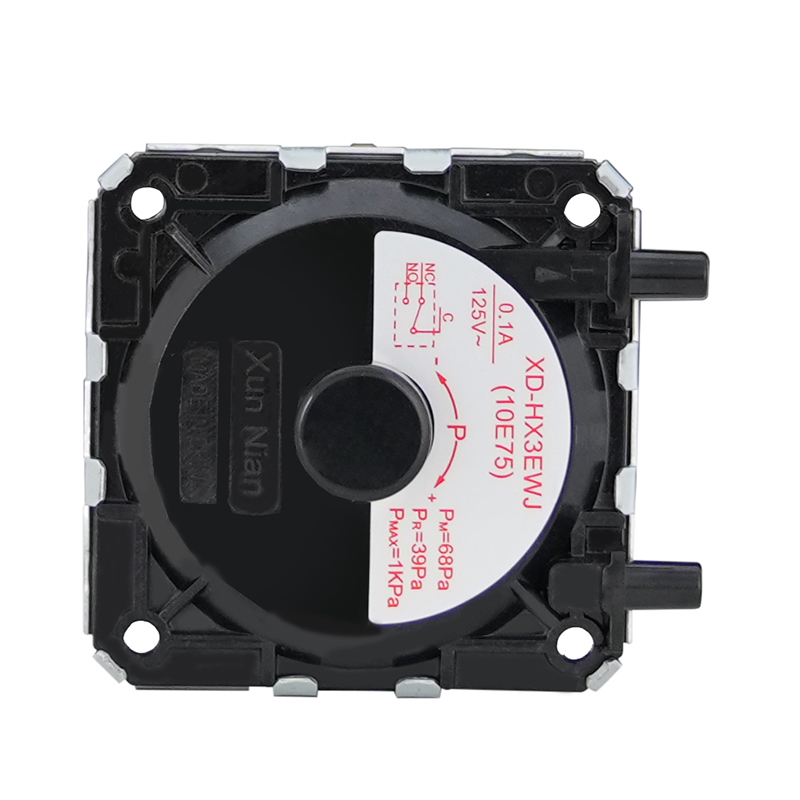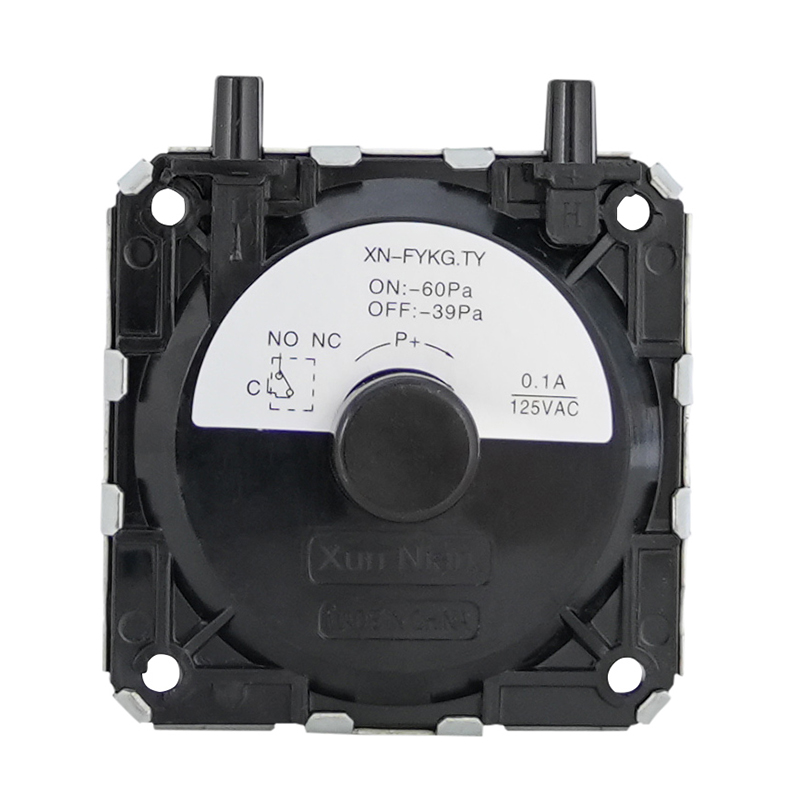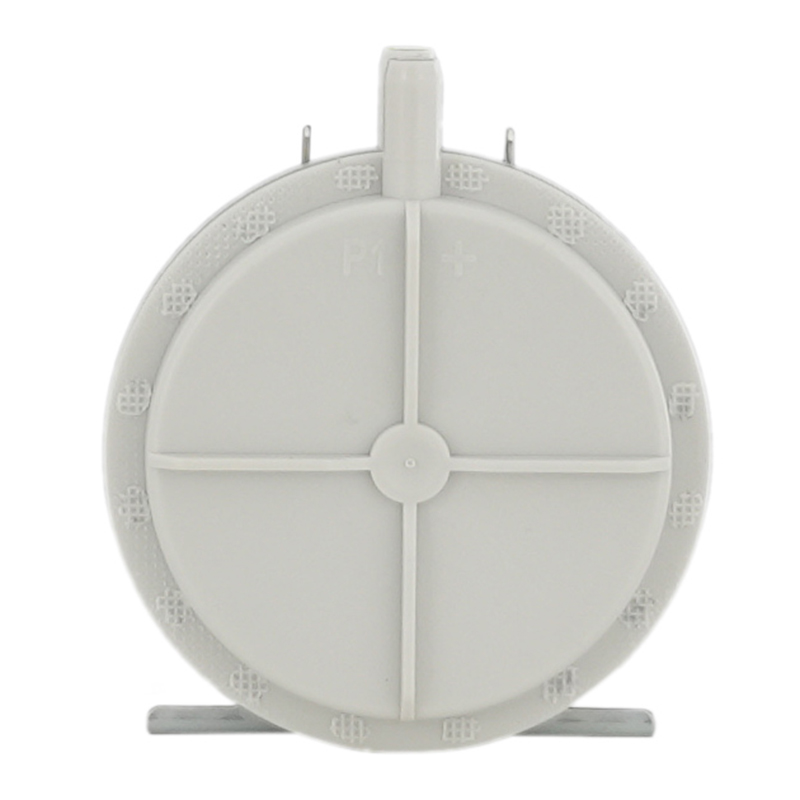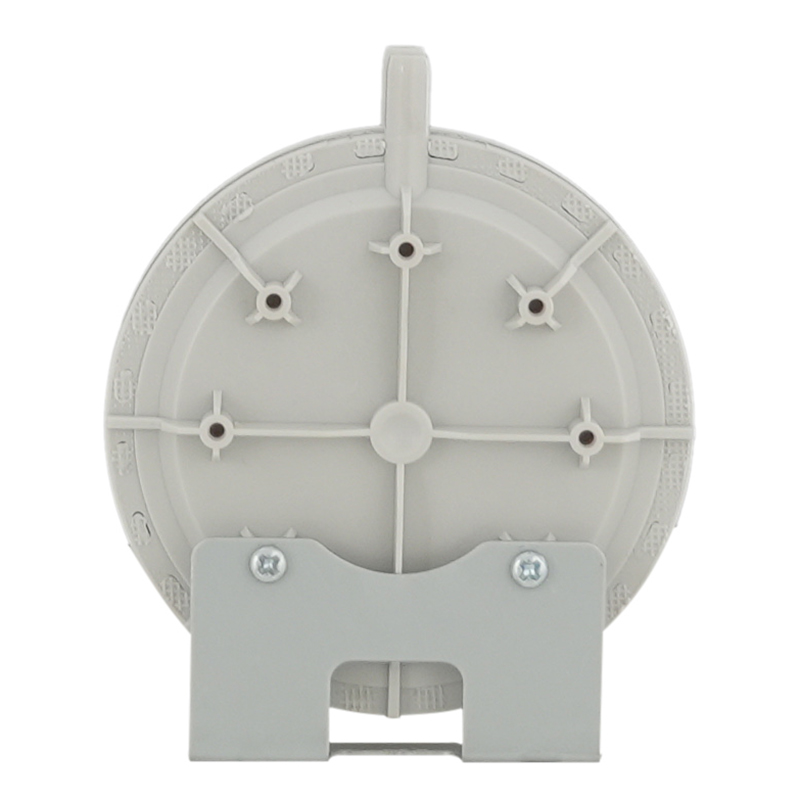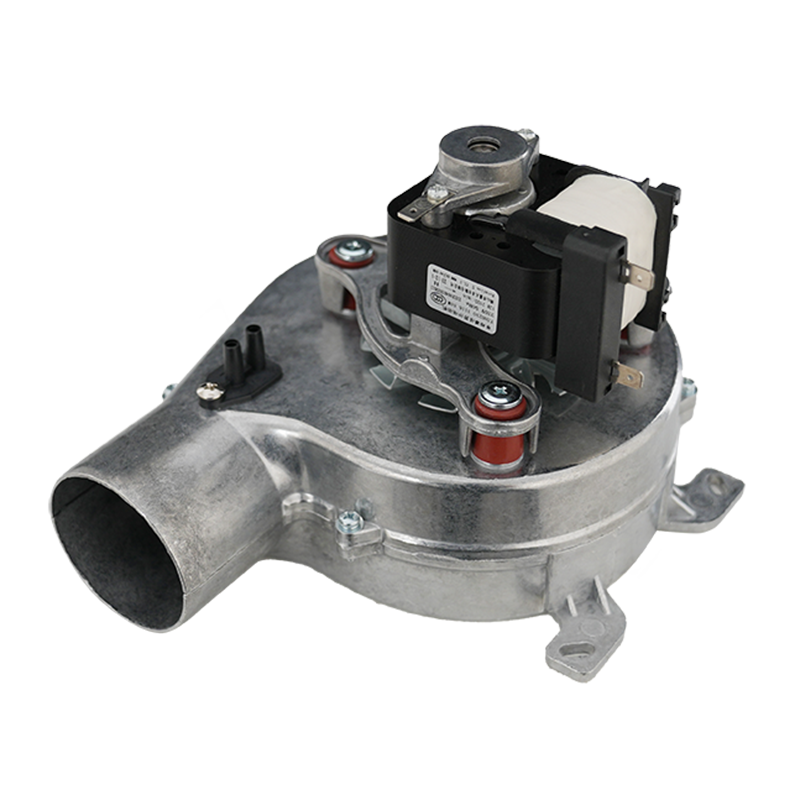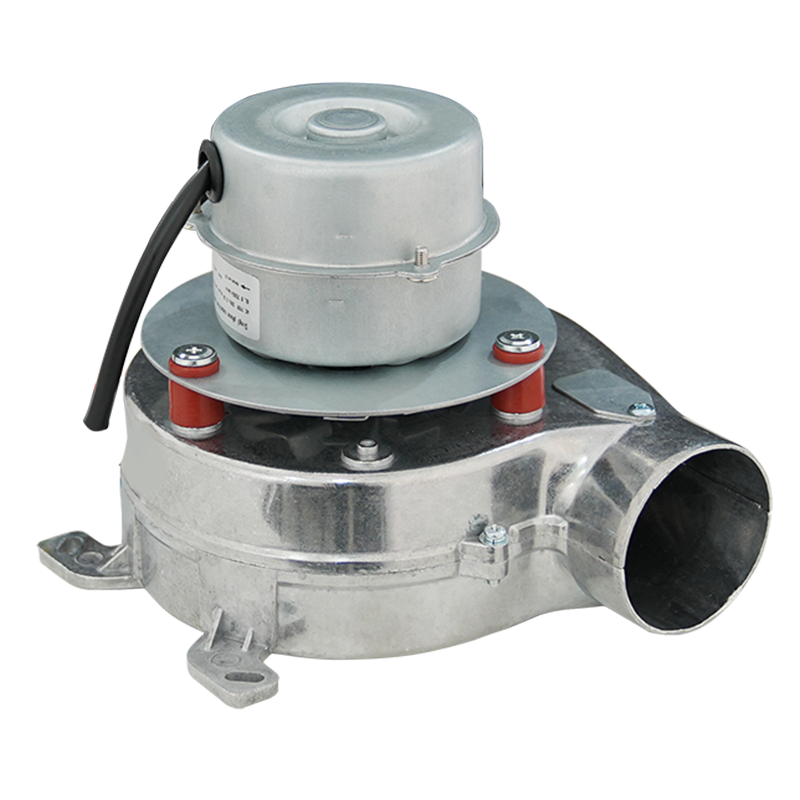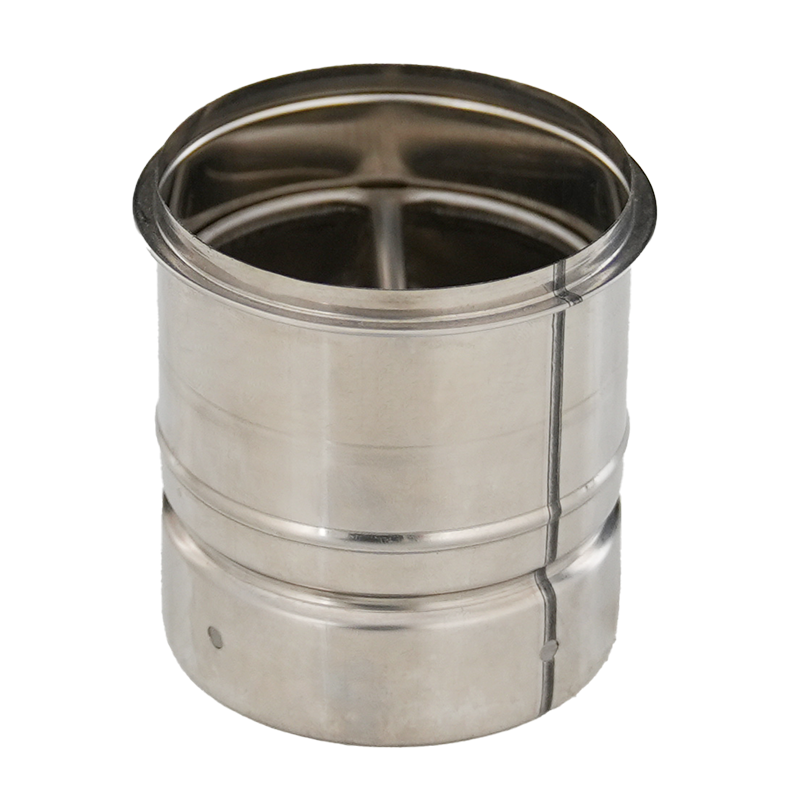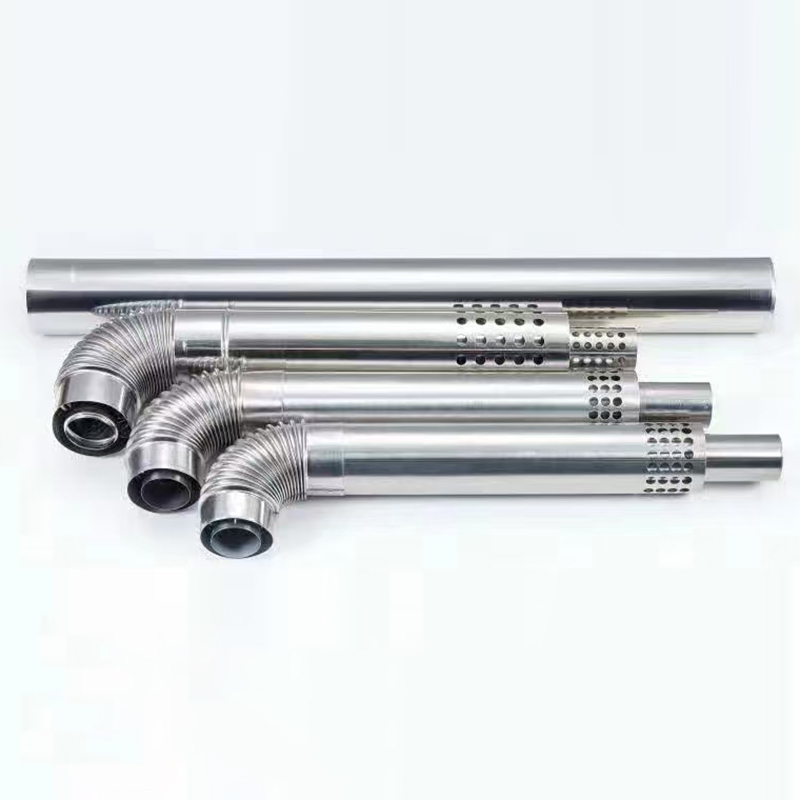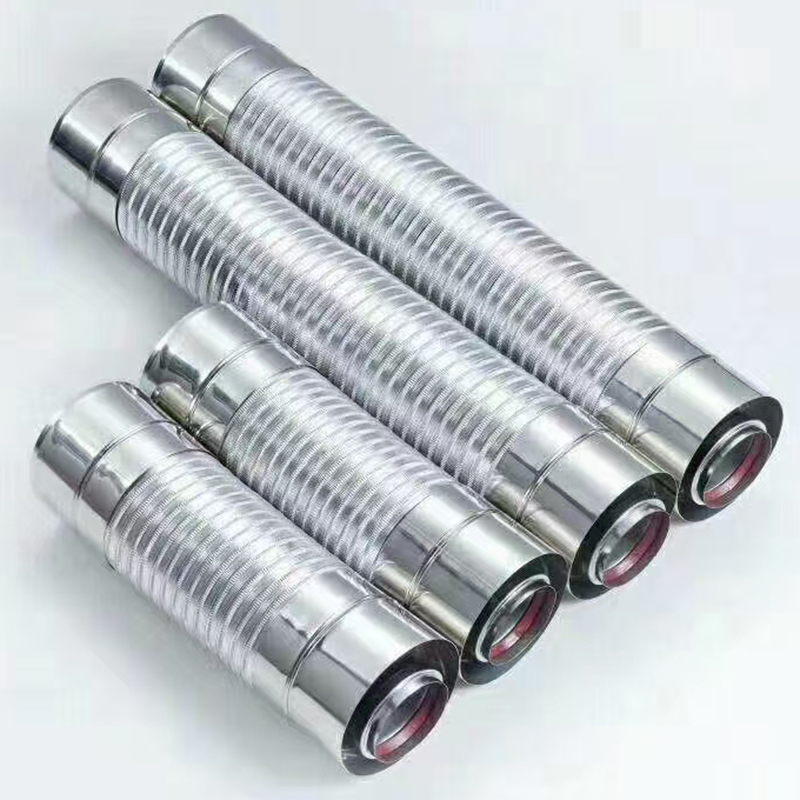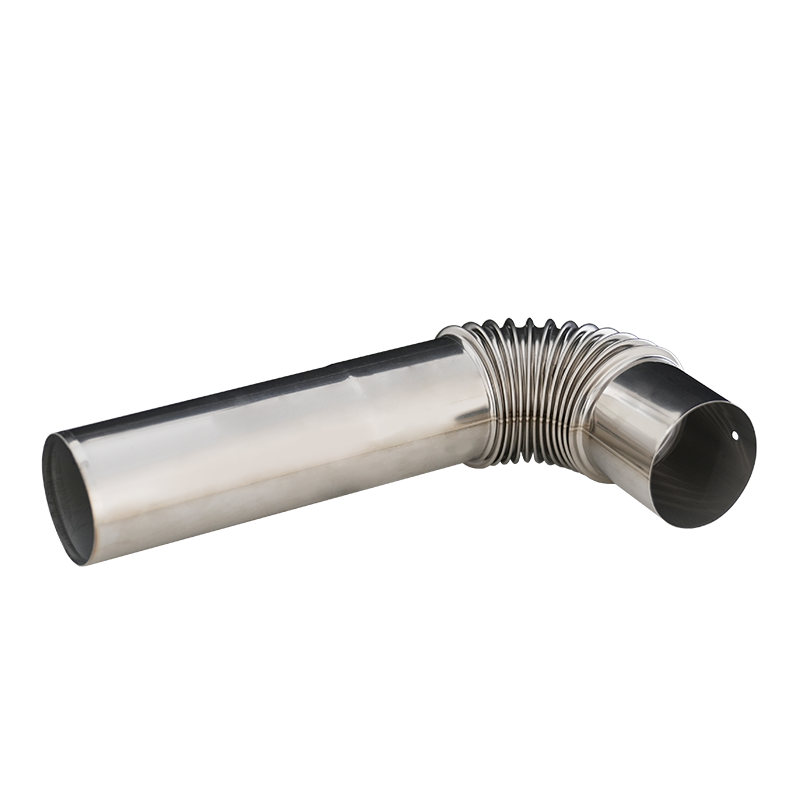In modern industrial production, air compressors, as core equipment for providing compressed air, are widely used in numerous fields such as mechanical manufacturing, chemical engineering, food processing, and pharmaceuticals. As one of the key components of industrial air compressors, the pneumatic pressure switch acts as the "intelligent butler" of the air compressor system, playing a vital role in ensuring the stable operation and safety of the entire system. Understanding the working principle of the pressure switch not only helps us maintain and use air compressors more effectively but also provides strong support for the efficiency and safety of industrial production.
Basic Composition of Pneumatic Pressure Switches
Pneumatic pressure switches typically consist of a sensing element, an adjustment device, and electrical contacts. The sensing element is the core part of the pressure switch, capable of detecting changes in air pressure within the air storage tank or other pipelines. Common sensing elements include bellows, diaphragms, or springs. These elements deform under air pressure, triggering the switch's action. The adjustment device is used to set the "cut-in" and "cut-out" pressures—i.e., the start and stop pressure values of the pressure switch. By adjusting these values, the pressure range of the air compressor under different working conditions can be controlled.
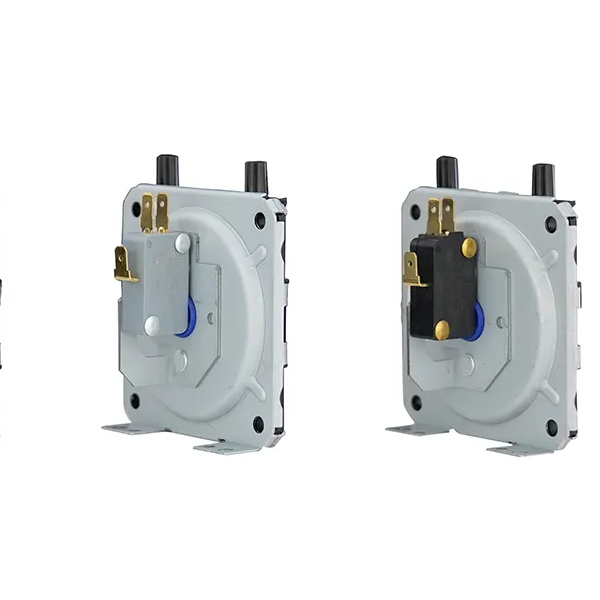
Working Principle of Pneumatic Pressure Switches
The working principle of a pneumatic pressure switch is based on the conversion between pressure and mechanical displacement, as well as the fundamental principles of electrical control. When an industrial air compressor starts operating, compressed air is continuously pumped into the air storage tank, causing the pressure inside to gradually increase. At this time, the pressure-sensing element (take the diaphragm as an example) is subjected to the pressure of the compressed air. As the pressure increases, the diaphragm deforms, generating mechanical displacement. This displacement is transmitted through a transmission mechanism to the microswitch or electronic sensor in the control circuit.
Importance of Pneumatic Pressure Switches
Pneumatic pressure switches are crucial for the normal operation of air compressors. First, they prevent safety accidents caused by excessively high air pressure. When the pressure exceeds the set safe range, the pressure switch promptly cuts off the power supply and stops the compressor, avoiding rupture or explosion of the air storage tank or pipelines due to excessive pressure. Second, pressure switches improve the operational efficiency of air compressors. By reasonably setting the "cut-in" and "cut-out" pressure values, the compressor can be ensured to meet production needs while minimizing unnecessary operation time and reducing energy consumption. Additionally, pressure switches protect the compressor's motor and other components. Frequent start-stops impose significant stress on the motor, but the pressure switch automatically controls start-stops based on pressure changes, reducing the number of motor starts and extending its service life.
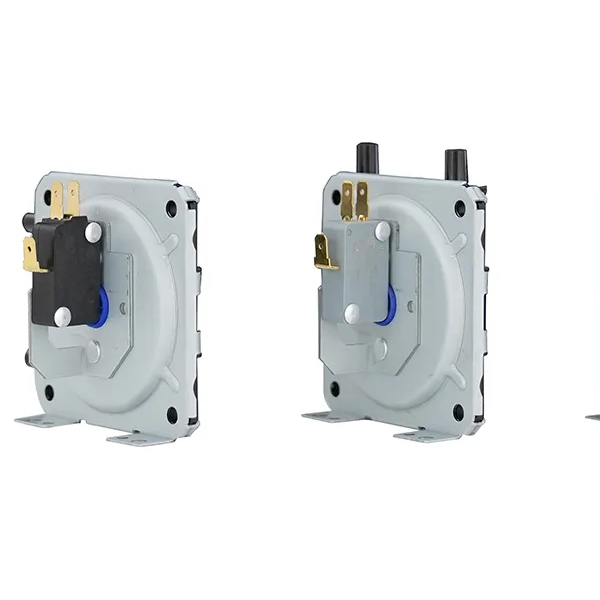
Debugging of Pneumatic Pressure Switches
The pressure setting values of a pneumatic pressure switch can be adjusted according to actual production requirements. Generally, by adjusting the adjustment screws or knobs on the pressure switch to change the pre-tightening force of the spring, the upper and lower pressure limits can be modified. The greater the pre-tightening force of the spring, the higher the pressure required to make the pressure-sensing element generate sufficient displacement to trigger the control circuit, thus increasing the upper pressure setting; conversely, the smaller the pre-tightening force, the lower the upper pressure setting. The adjustment principle for the lower pressure limit is similar, but it takes effect during the pressure decrease process.
In summary, the working principle of pneumatic pressure switches for industrial air compressors involves sensing pressure changes through a sensing element, triggering the action of electrical contacts, thereby controlling the start and stop of the air compressor to maintain stable system pressure. Pressure switches play a significant role in ensuring the safe operation, improving efficiency, and protecting equipment of air compressors. Through reasonable debugging and maintenance, the normal operation of pressure switches can be ensured, providing strong support for the smooth progress of industrial production. With continuous technological advancements, pressure switches will also develop toward greater intelligence and precision, bringing more convenience and benefits to industrial production.


